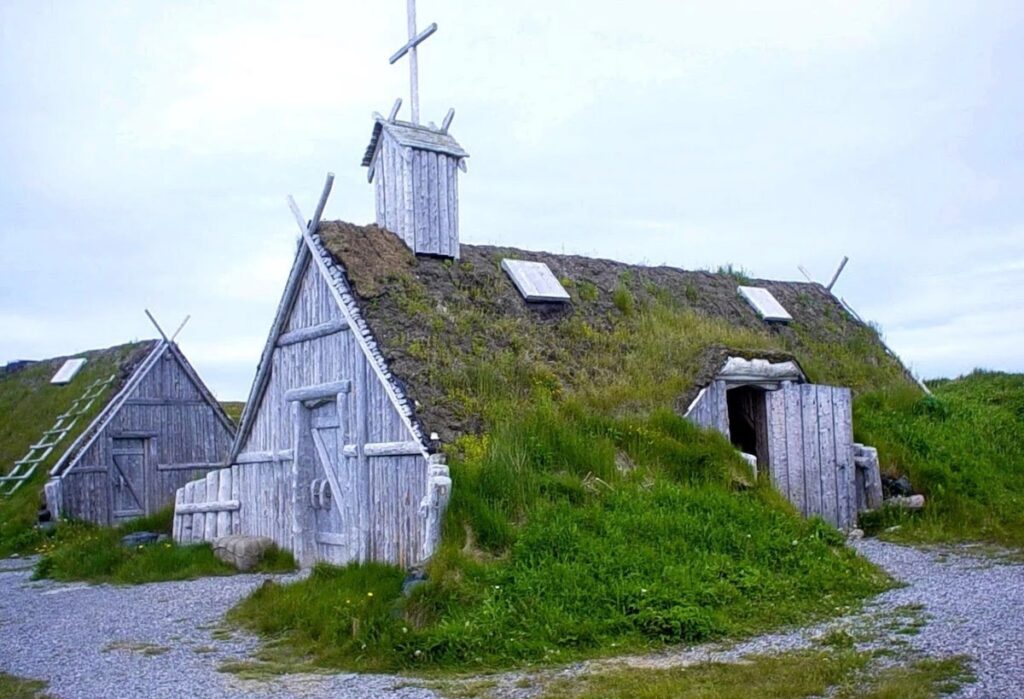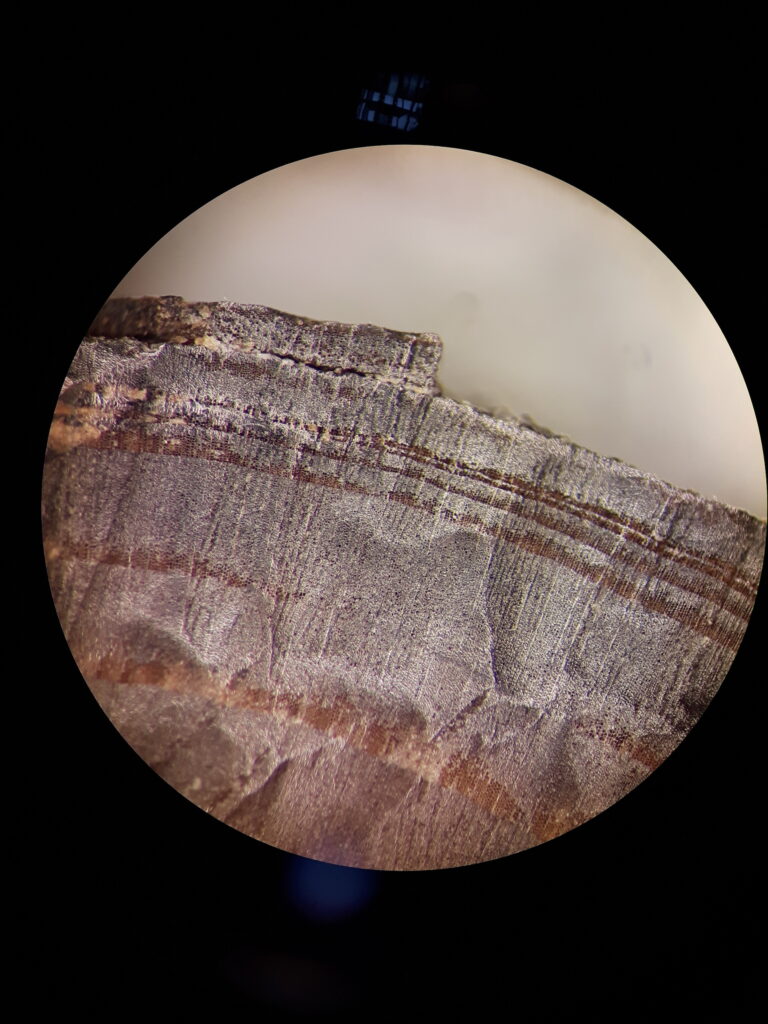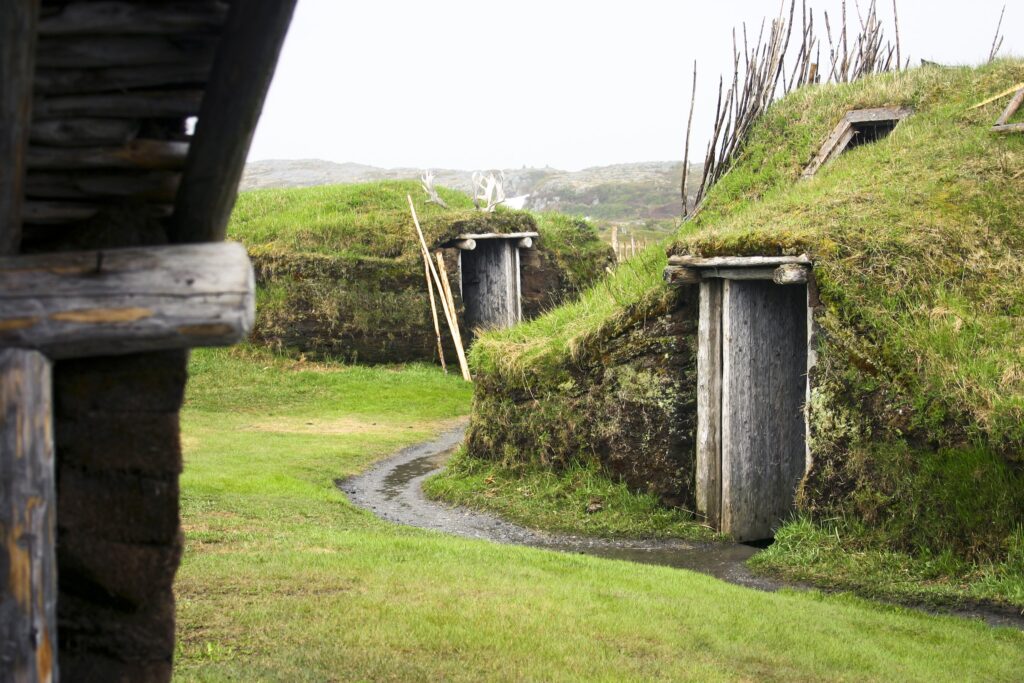
According to the poem, Columbus sailed across the ocean blue in 1492. According to a new study, European settlement in North America had already begun by the year ten twenty-one.
Christopher Columbus was beaten to the Americas by a few centuries – the Vikings arrived in Newfoundland around the turn of the millennium, and Native Americans have them both beat by at least 20,000 years. However, details of when the first Europeans set foot on American soil have been sketchy, with archaeological artifacts providing too little evidence and carbon dating providing too much. Most estimates rely heavily on information gleaned from Icelandic sagas, but because these were only written down centuries later and discuss things like glittery one-footed assassins, researchers have wisely taken them with a grain of salt.

However, a new study published today in Nature pinpointed the Viking presence in North America to a specific year: 1021 CE. This is now the earliest known crossing of the Atlantic Ocean, and the researchers note that we are now living exactly 1,000 years after human migration first encircled the entire planet.
The study confirms that “Vikings were present in Newfoundland in AD 1021.” “Our new date establishes a marker for European cognizance of the Americas and… establishes a definitive tie point for future research into the early consequences of transatlantic activity, such as knowledge transfer and the potential exchange of genetic information, biota, and pathologies.”
But how did the researchers arrive at such a precise date? This is one of those discoveries where the methodology is as fascinating as the outcome – it all boils down to a massive solar storm in 992 CE. The sky turned red, the aurora borealis could be seen as far south as Germany, and a distinct radiocarbon signature was discovered inside trees all over the world.

“The distinct increase in radiocarbon production that occurred between 992 and 993 AD has been detected in tree-ring archives from around the world,” said Michael Dee, the study’s director. The authors explained that if they could see this uplift in wooden artifacts from the Newfoundland archaeological site L’Anse aux Meadows, they would have a concrete reference point from which to date the Viking presence.
The team discovered this anomaly 29 rings in from the edge in three wooden artifacts, which were identified as Viking due to their location and evidence of metal cutting – the local Indigenous population did not manufacture metal at the time. According to the study, the trees used for the artifacts were felled in 1021 CE because “once the ring containing the [992 AD] anomaly has been detected, it simply becomes a matter of counting the number of rings to the waney [bark] edge.” 992 + 29 = 1021 – QED.
“Finding the signal from the solar storm 29 growth rings in the bark allowed us to conclude that the cutting activity occurred in the year 1021 AD,” first author Margot Kuitems explained.

Although the discovery proves that the Vikings arrived in Newfoundland by 1021, evidence suggests that they did not settle there. Unlike later colonizers, European explorers were often more interested in quick exploitation of new lands, and settlements in “Vinland,” as the Vikings referred to North America, were most likely transient and short-lived.
Nonetheless, the study confirms that the discovery is significant because the date “offers a secure juncture for late Viking chronology.” More importantly, they claim, it establishes an important precedent, paving the way for future discoveries.
The study concludes, “[Our] research demonstrates the potential of the AD 993 anomaly… for pinpointing the ages of past migrations and cultural interactions.” “When combined with other cosmic-ray events, this distinguishing feature will enable the precise dating of many other archaeological and environmental contexts.”

I wonder at the statement that the discovery marks the first time human migration encircled the entire planet. Surely people from Eastern Asia migrated to the Americas much earlier. What prompted that statement?
Columbus thought he landed in India -he called the natives Indians. the history is flawed and need to be revisited.